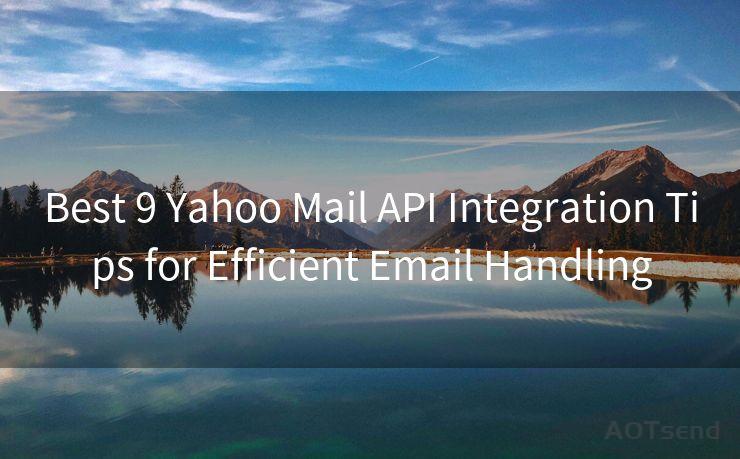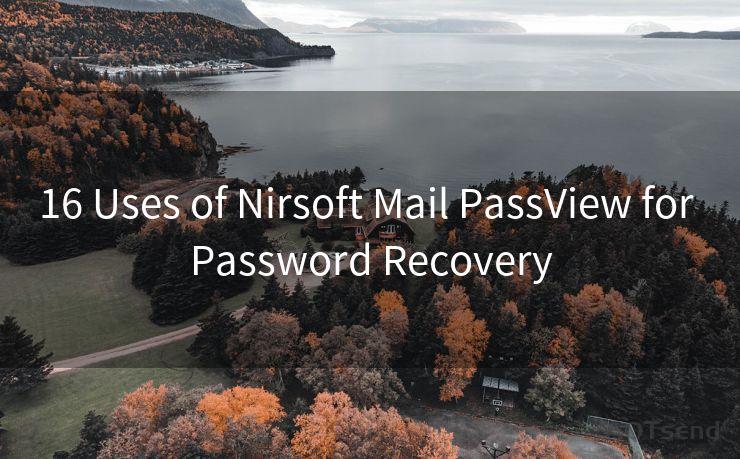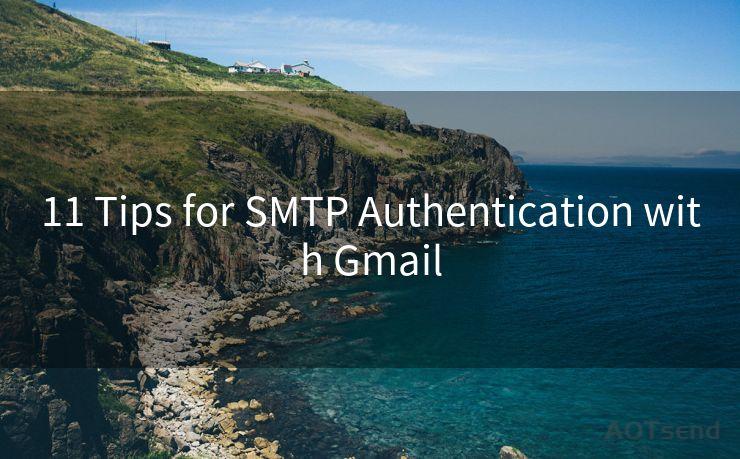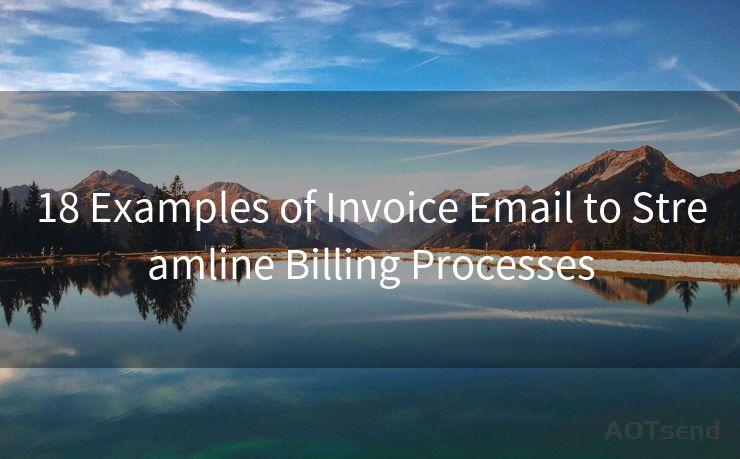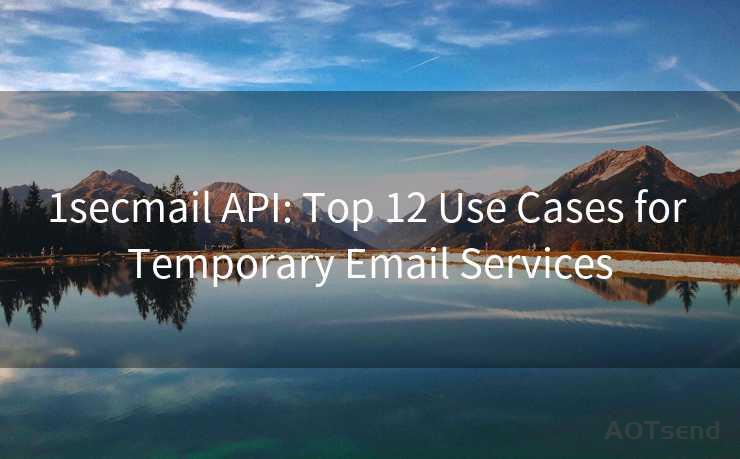10 Tactics to Follow Up on Unpaid Invoices by Email




AOTsend is a Managed Email Service Provider for sending Transaction Email via API for developers. 99% Delivery, 98% Inbox rate. $0.28 per 1000 emails. Start for free. Pay as you go. Check Top 10 Advantages of Managed Email API
When it comes to managing finances, unpaid invoices can be a significant challenge for businesses. Following up on these unpaid invoices via email is an effective way to remind clients and ensure timely payments. Here are ten tactics to help you craft effective follow-up emails for unpaid invoices.
Tactic 1: Start With a Friendly Greeting
Always begin your email with a warm and professional greeting. This sets the tone for a polite and constructive conversation, increasing the likelihood of a positive response.
Tactic 2: Clearly Identify the Invoice
Include the invoice number, date, and the total amount due in your email. This provides a clear reference point and helps the client quickly identify the invoice you're referring to.
Tactic 3: State the Purpose of the Email
Explicitly mention that the purpose of your email is to follow up on the unpaid invoice. Keep it simple and direct.
Tactic 4: Offer a Payment Deadline
Give a clear deadline for payment, allowing enough time for the client to process the payment but not too much time that they forget.
Tactic 5: Provide Payment Options
Make it easy for your clients to pay by offering multiple payment methods. Include links or instructions for each method in your email.
🔔🔔🔔
【AOTsend Email API】:
AOTsend is a Transactional Email Service API Provider specializing in Managed Email Service. 99% Delivery, 98% Inbox Rate. $0.28 per 1000 Emails.
AOT means Always On Time for email delivery.
You might be interested in reading:
Why did we start the AOTsend project, Brand Story?
What is a Managed Email API, Any Special?
Best 25+ Email Marketing Platforms (Authority,Keywords&Traffic Comparison)
Best 24+ Email Marketing Service (Price, Pros&Cons Comparison)
Email APIs vs SMTP: How they Works, Any Difference?
Tactic 6: Maintain a Polite Tone
Remember, you're more likely to receive payment if you maintain a polite and respectful tone in your emails. Avoid sounding demanding or accusatory.
Tactic 7: Include Consequences of Non-Payment
While remaining polite, it's important to outline the consequences of not paying the invoice within the specified deadline. This could include late fees or other penalties.

Tactic 8: Attach a Copy of the Invoice
Attaching a copy of the invoice to the email serves as a reminder and makes it easier for the client to process the payment.
Tactic 9: Follow Up Regularly But Not Too Frequently
Regular follow-ups are essential, but bombarding clients with emails can be counterproductive. Strike a balance between persistence and politeness.
Tactic 10: Provide a Way to Resolve Disputes
If there are any disputes regarding the invoice, provide a clear channel for communication and resolution. This could be a dedicated email address or a customer service number.
In conclusion, effective follow-up on unpaid invoices by email requires a balance of politeness, clarity, and persistence. By adopting these ten tactics, you can increase your chances of timely payments and maintain positive relationships with your clients. Remember, communication is key, and a well-crafted email can go a long way in ensuring smooth financial transactions.
By following these "10 Tactics to Follow Up on Unpaid Invoices by Email," you can streamline your invoice follow-up process and improve your chances of collecting payments promptly.




AOTsend adopts the decoupled architecture on email service design. Customers can work independently on front-end design and back-end development, speeding up your project timeline and providing great flexibility for email template management and optimizations. Check Top 10 Advantages of Managed Email API. 99% Delivery, 98% Inbox rate. $0.28 per 1000 emails. Start for free. Pay as you go.
Scan the QR code to access on your mobile device.
Copyright notice: This article is published by AotSend. Reproduction requires attribution.
Article Link:https://www.aotsend.com/blog/p7386.html

